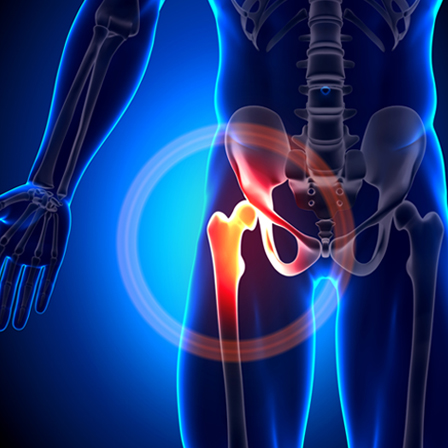
by Comprehensive Orthopaedics | Feb 27, 2017 | anatomy, Foot, lower leg, Wellness
Competitive sports can give some young athletes an edge over their peers. When fun, teamwork, and good sportsmanship are the top goals, sports can improve young kids’ physical and emotional health, self-esteem, and even their relationship skills. Unfortunately,...

by Comprehensive Orthopaedics | Feb 21, 2017 | Hip, Wellness
Hip fractures are serious injuries, especially in seniors. Falls are a prime cause. The American Academy of Orthopaedic Surgeons offers this advice on reducing your risk: Keep your home clear of clutter, making sure it is well lit. Install grab bars in bathrooms. Get...

by Comprehensive Orthopaedics | Feb 14, 2017 | Anti-aging, arthritis, Exercise, Wellness
Just a little physical activity seems to go a long way toward helping older adults with arthritis remain able to do daily tasks, a new study finds. Older adults with arthritis-related joint pain and stiffness need to keep moving to remain functionally independent. But...

by Comprehensive Orthopaedics | Feb 14, 2017 | pain, Spine, Wellness
Painkillers like aspirin, Aleve and Advil don’t help most people with back pain, a new review finds. The researchers estimated that only one in six people gained a benefit from taking these nonsteroidal anti-inflammatory drugs (NSAIDs). Meanwhile, previous...

by Comprehensive Orthopaedics | Feb 14, 2017 | arthritis, pain, Wellness
If you’ve ever heard a loud pop as you bent down to pick something up, you’ll be relieved to know that it’s normal for your joints to make popping and cracking noises. These sounds can be caused by a number of things, including when soft tissues...





